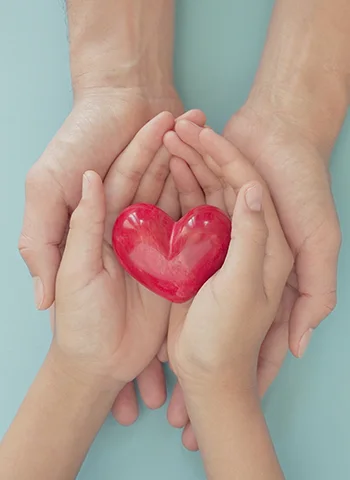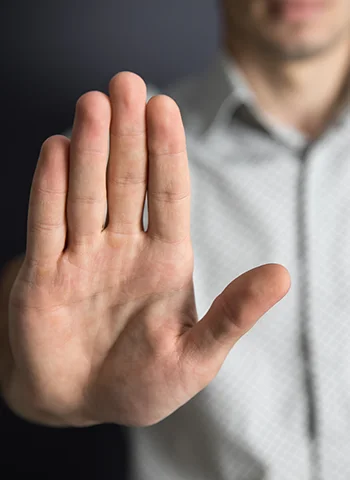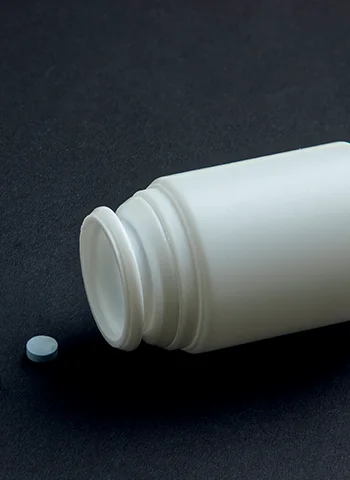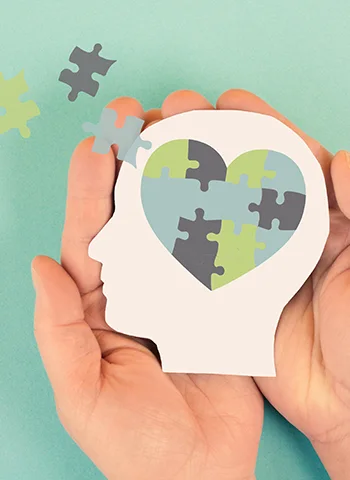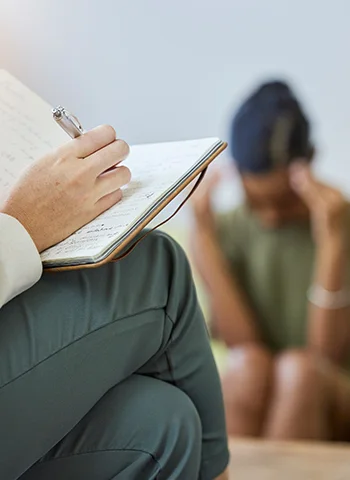Opioid Addiction Treatment
Getting opioid addiction treatment is a big step, and recovery is possible, no matter how long you have used opioids. If you or someone you care about is struggling, and many do, learning about your treatment options could be the key to starting over.
You will likely receive support through counselling, medical check-ups, and practical assistance to help you face daily challenges. Inpatient rehab centres offer a safe space where you can work on recovery away from triggers in your normal life.
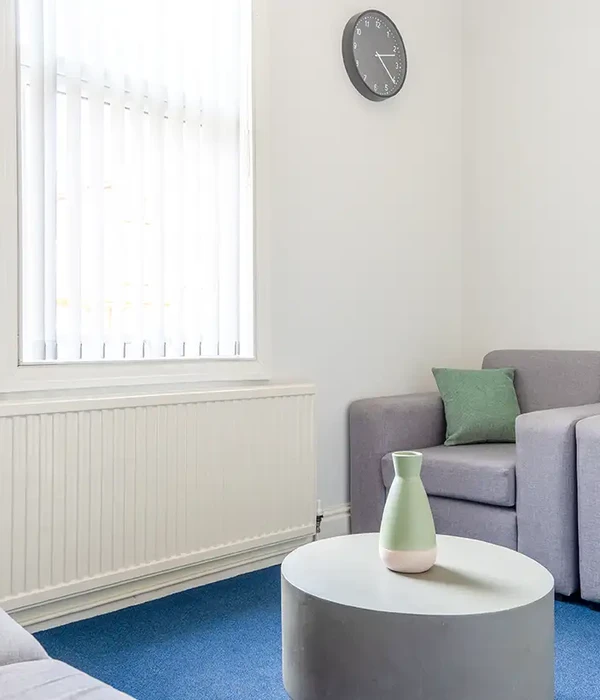
Take the First Step Towards Recovery
Steps Together offers personalised support and proven treatments, providing the care, guidance and encouragement you need to move forward with confidence and build a healthier future.
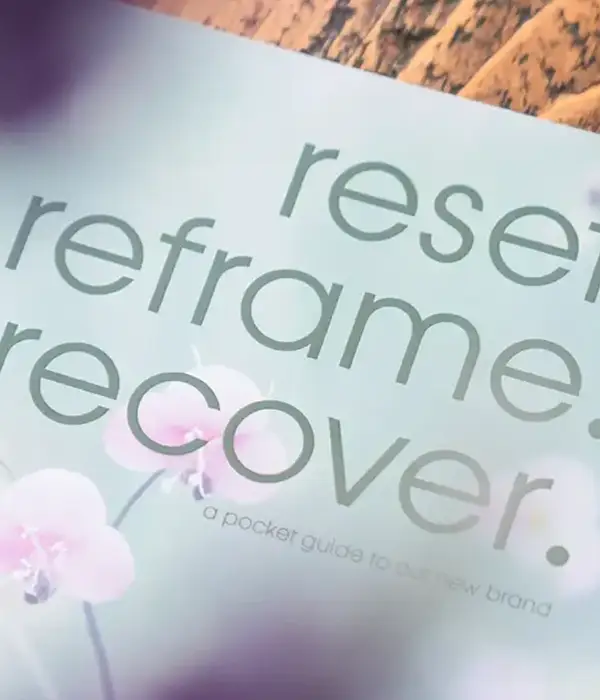
Understanding Opioid Addiction
Opioid addiction, clinically called opioid use disorder, is when you compulsively use opioids even though it is causing serious problems in your life. This might include prescription painkillers or illegal drugs like heroin.
You may notice a strong urge to take opioids and find it hard to control your use. Opioid addiction is listed in the DSM-5 as a substance use disorder, and it can lead to tolerance, meaning you need more of the drug to feel the same effects.
How Opioids Affect the Brain
Opioids change how your brain works by attaching to certain proteins called opioid receptors. These receptors are primarily located in the brain, spinal cord, and other organs. When opioids attach to these spots, they block pain messages and create feelings of pleasure or calm.
Repeated use makes your brain rely on opioids to feel good or even normal. This shift can damage your brain’s reward system, making you crave opioids and lose interest in activities you once enjoyed.


Risk Factors and Causes
Several factors can raise your risk of opioid addiction. Using opioids for a long period of time, even as prescribed for pain, increases your chances. People with a history of other substance use disorders are also at risk.
Genetics, mental health conditions such as depression or anxiety, and easy access to opioids can play a role. In many cases, this overlap of addiction and mental health issues is referred to as a dual diagnosis, which requires an integrated approach to treatment. Family environment and peer influence might also encourage opioid misuse.
Treatment Options for Opioid Addiction
Treating opioid addiction involves combining medicines, psychological support, and lifestyle changes. Your treatment plan may employ multiple approaches to help reduce cravings, prevent relapse, and enhance your overall well-being.
Medications for Opioid Use
Pharmacological treatment for opioid addiction. There are different medications for opioid use disorder. Methadone and buprenorphine are opioid agonists. They can be used for supervised injections to prevent misuse and stabilise withdrawal.
Naltrexone is an opioid antagonist that blocks the effects of opioids in your body. It is used after detoxification to help reduce the risk of relapse because it removes the pleasurable effects if you use opioids again. You will need to work with a qualified prescriber.
Psychosocial Interventions
Psychosocial interventions support your mental and emotional health during recovery. These therapy modalities include cognitive behavioural therapy (CBT), which works on changing negative thought patterns and behaviours linked to addiction.
Dialectical behaviour therapy (DBT) teaches you skills to manage stress, regulate emotions, and cope with urges in a more positive way. Talking therapies can be an important part of opioid rehab, as they help you build skills for long-term recovery and strengthen your overall mental health.
Detoxification and Stabilisation
Detoxification, or drug detox, involves safely removing opioids from your body. Opioid detox can trigger withdrawal symptoms within 8 hours, peaking between 36 and 72 hours, and may last about a week. You might feel restless, anxious, and have flu-like symptoms. Supervised detox helps keep you safe and comfortable.
Holistic and Supportive Therapies
holistic therapies address your overall health and life beyond opioid abuse. These may include nutritional support and exercise programmes to help your body recover from addiction. Mindfulness, yoga, and meditation are also widely used to reduce stress and control cravings.
Peer support groups and self-help meetings can also provide encouragement and accountability. Structured aftercare services are vital for maintaining progress once formal treatment ends, helping you stay connected, supported, and focused on long-term recovery. Lifestyle changes are just as important as medical treatment in creating a successful and long-lasting recovery plan.
Services that our multi-speciality addiction rehabilitation centres offer

Complications, Risks, and Harm Reduction
Opioid addiction treatment not only focuses on reducing your drug use but also addresses the high risk of overdose, complications from co-occurring mental or physical health conditions, and social challenges like job loss or strained relationships that often accompany addiction.
Comprehensive care often includes medical detox, therapy, and harm-reduction strategies. These treatment approaches work together to protect your health and wellbeing. With the right treatment and support, recovery is possible, and relapse risks can be significantly reduced.
Overdose Risks and Prevention
Opioid overdose is one of the deadliest complications. It often causes slowed breathing, unconsciousness, and, in some cases, fatal overdose. Naloxone can quickly reverse an overdose if given in time. Many harm reduction programmes now provide naloxone kits and training on how to use them. You should also avoid mixing opioids with other depressants.
Many people facing opioid dependence have other health problems, such as mental health disorders or physical conditions like liver disease. These issues need careful management during opioid addiction treatment.

Some of the Opioids We Treat
Morphine is derived from the opium poppy and is often prescribed to manage severe pain, especially after surgery or in cancer patients. It works by binding to opioid receptors in the brain and spinal cord, altering the perception of pain.
Codeine, another opioid that comes from the opium poppy, is commonly used in lower doses to treat mild to moderate pain and persistent coughs. Like morphine, it affects the brain’s opioid receptors, but its misuse can also lead to dependence and addiction.
Methadone is a long-acting synthetic opioid commonly used in medication-assisted treatment for opioid dependence. When prescribed correctly, it helps reduce cravings and withdrawal symptoms, but misuse can lead to addiction and health risks.
Tramadol is a synthetic opioid prescribed for moderate pain relief. It works on the brain’s opioid receptors while also affecting serotonin and norepinephrine levels. Although considered less potent than some other opioids, tramadol still carries a risk of misuse, dependence, and addiction.
Oxycodone is a semi-synthetic opioid prescribed for moderate to severe pain. It is available in immediate- and extended-release forms and is sometimes combined with acetaminophen. Misuse of oxycodone can lead to tolerance, dependence, and addiction.
Hydrocodone is another semi-synthetic opioid often prescribed for pain relief and cough suppression. Like oxycodone, it can be combined with other medications such as acetaminophen. Its misuse carries a high risk of dependence and addiction.
Symptoms, Diagnosis, and Assessment
Opioid addiction impacts both the mind and body, often leading to serious health and lifestyle consequences. Recognising the warning signs early can make a crucial difference. Knowing what to look for helps ensure timely, effective support.
Recognising Opioid Addiction Symptoms
You might notice both physical and psychological symptoms. Physical symptoms can include nausea, constipation, and extreme drowsiness. Some people may also experience confusion, slurred speech, or irregular heartbeat (arrhythmia).
There are also social and behavioural changes, such as avoiding family or friends, poor work or school performance, or secretive behaviour. It’s important to be aware that people often try to hide their drug use due to the fear of stigma or punishment.
Understanding Withdrawal and Cravings
If you are dependent on opioids, stopping suddenly can cause withdrawal. These opioid withdrawal symptoms can begin within hours after your last dose and can last for several days.
Common withdrawal symptoms include muscle aches, diarrhoea, nausea and vomiting, sweating, restlessness and anxiety, yawning, a runny nose, goose bumps, or chills. Cravings are a major challenge during withdrawal.
Screening and Diagnostic Criteria
Diagnosing opioid addiction, also called opioid use disorder or OUD, involves a clinical interview. Addiction specialists, mental health professionals, or other accredited treatment providers look for a pattern of opioid use that causes distress or problems in daily life.
Doctors may ask about withdrawal symptoms and any negative impact on your health or behaviour. Screening helps decide how severe your addiction is and what kind of treatment is right for you.

Seek Treatment for Opioid Use Disorder
Opioids can be effective at managing pain. But they can often become a source of pain in their own right. Many people across the world know just how painful opioid use and how important treating opioid use disorder can be.
An opioid addiction treatment programme typically combines medication with behavioural health treatment to support lasting recovery. At Steps Together, we provide personalised, compassionate care for opioid use disorder, so you can regain control and build a healthier, more fulfilling life on your own terms.
Frequently Asked Questions
What medications are commonly prescribed for the management of opioid dependence?
Medicines like methadone, buprenorphine, and naltrexone are often used to treat opioid dependence. These medications help reduce cravings and withdrawal symptoms. They work by targeting the same receptors in your brain that opioids do, but in a safer way.
What different strategies are employed in the treatment of opioid use disorders?
Common strategies include using medications, participating in behavioural therapies, and receiving support from healthcare providers or peer groups. Some treatments focus on both your physical dependence and overall well-being.
How does one access treatment services for addiction to opioids?
You can start by talking to your GP or contacting a local drug treatment service. Treatment options may include outpatient programmes, inpatient rehab, and community support groups. Pharmacists and healthcare providers can also guide you through the steps to take and recommend treatments that may be right for you.
Is it possible to achieve full recovery from opioid addiction?
Many people can and do recover from opioid addiction with the right support and treatment. Recovery looks different for everyone, but with commitment and access to care, it is possible to stop using opioids and live a healthy life.
Which treatment is considered the most effective for opioid dependency?
Medication-assisted treatment, which combines medicines like methadone or buprenorphine with counselling, is widely seen as the most effective approach. This method has shown good results in reducing opioid use and helping people stay in treatment.
What role do behavioural therapies play in the treatment of opioid addiction?
Behavioural therapies help you change patterns of thinking and behaviour related to drug use. Counselling, cognitive behavioural therapy, and group therapy are common options. These therapies can boost your motivation, teach coping skills, and lower the risk of returning to drug use.
